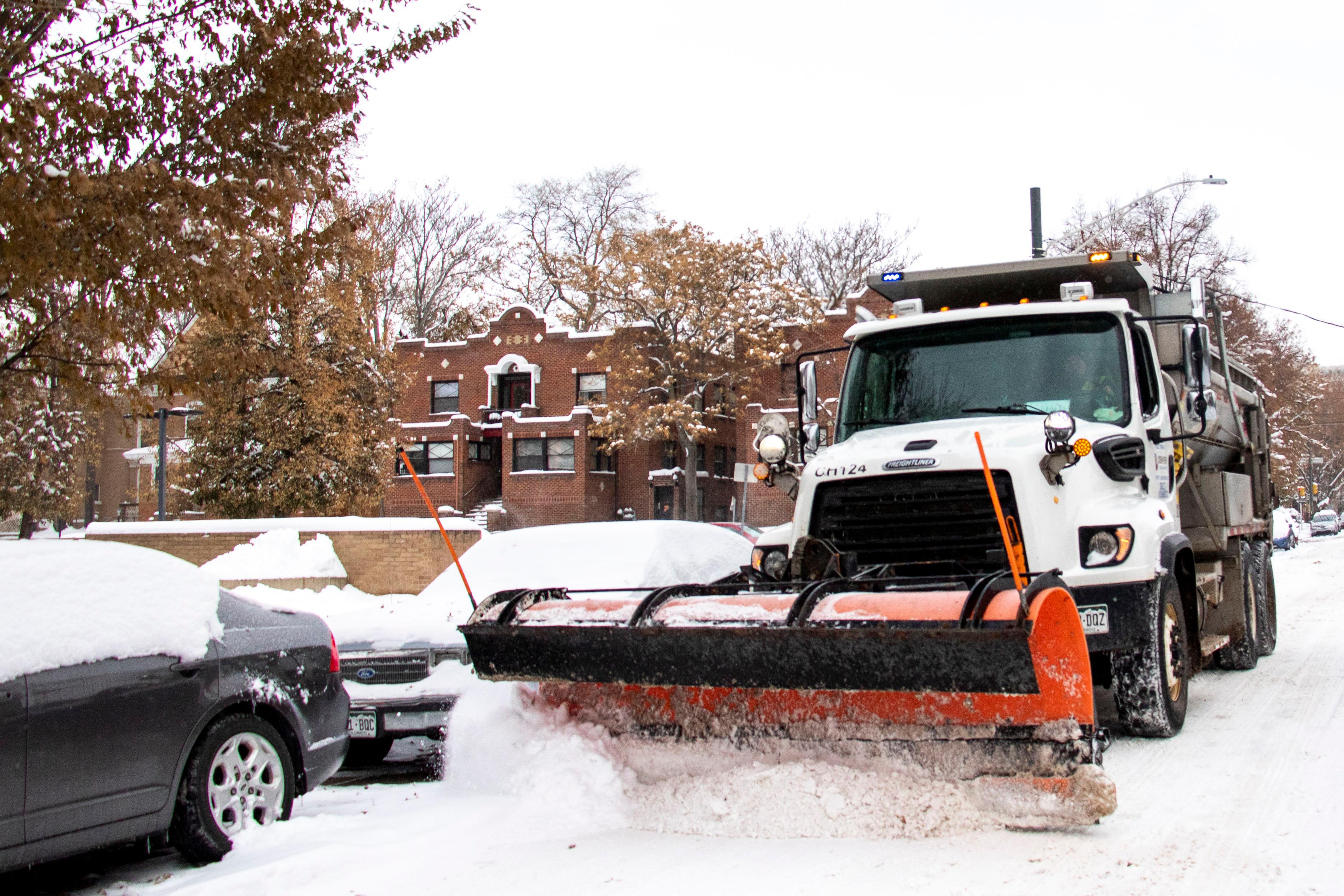Update: It's not great out there. Here's the snow situation in Denver and statewide today.
Step one for successfully driving in the snow: Accept everything is going to take longer than usual.
AAA Colorado spokesperson Skyler McKinley said psychologically preparing yourself for conditions on the road is a good first step. Especially if the conditions end up as nasty as forecasters are suggesting: Up to 18 inches of snow in the Denver metro area over the next two days. Expect travel to worsen late Monday into early Tuesday.
"You're probably going to run into traffic," McKinley said. Coming to terms with this before you even start driving can help you keep a cool head and allow yourself to, "just really be in the mindset that well, this sucks," he said. It could help avoid things like slamming on the brakes or accelerating too quickly.
The last thing you want to do is "transfer" your stress to another driver or vehicle, McKinley added.
"Every time you are mad about traffic, you should remind yourself that you are traffic," he said.
Besides staying off the road entirely, McKinley said those who have the luxury to stagger their commute should do it. That basically means staying off the road when a lot of other people have to be on the road. If you're here on a holiday visit, McKinley suggests changing your itinerary to avoid the snowy conditions.
But since most people probably don't have this option, McKinley said the most practical thing you can do is plan on doubling or even tripling your normal commute time. That means getting up a little earlier than usual to wipe the snow off your car and prepare for a lengthy commute.
Controlling your speed is another common-sense suggestion. So go slow and leave about 8 to 10 seconds to brake between you and the car in front of you. If the wind really pick up, McKinley suggests increasing that time to 12 to 15 seconds. Generally, it can take twice as long to brake in snowy conditions than in dry ones. So that translates to taking things slow.
"You want to do everything that you would normally do very gradually and one step at a time," McKinley said. So during snowy conditions, you can try turning with the acceleration you already have before considering stepping on the gas, for example.
It's the same if you go on a skid. Brake first, then determine whether you need to steer out of the skid.
Finally, be wary of residential streets. While, generally speaking, state roads like highways should be clear of major accumulation, residential streets are not cleared as often or as thoroughly. Those secondary streets are where McKinley said drivers should be even more cautious.
Denver Public Works said both main-street and residential plow drivers will be working Tuesday. The city has 68 large plows for major corridors and 36 smaller ones for residential streets, according to its website.














